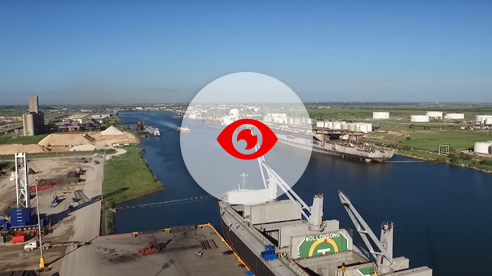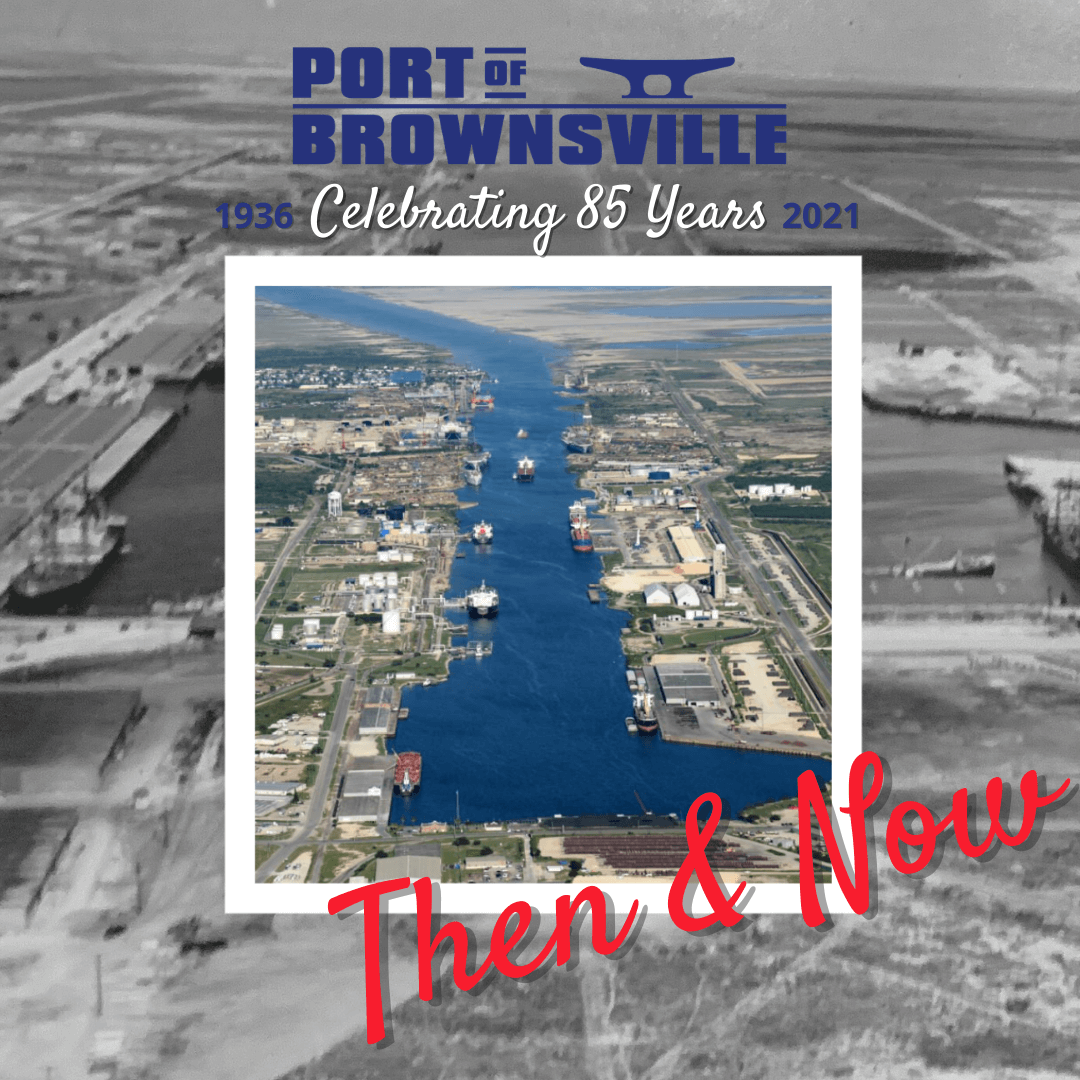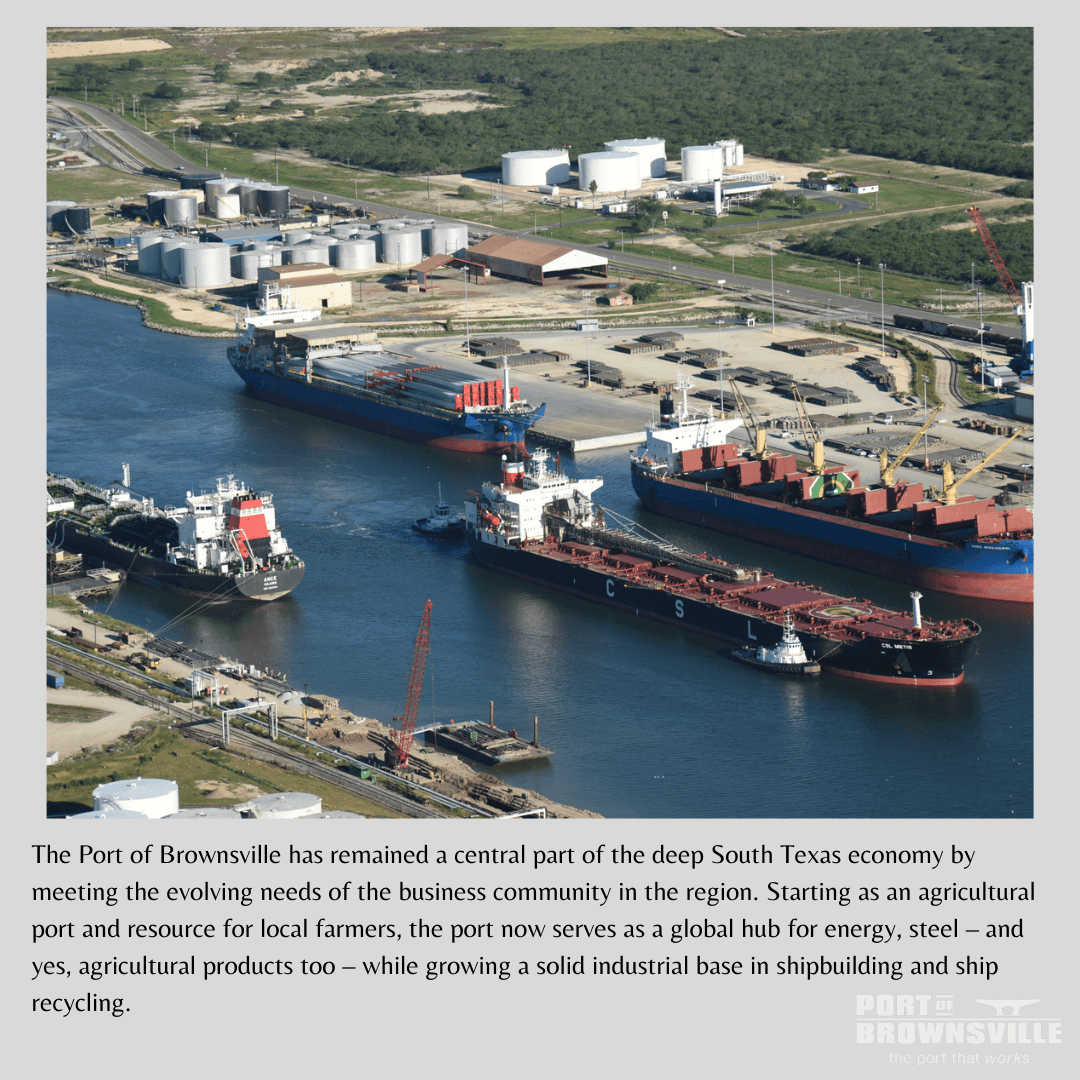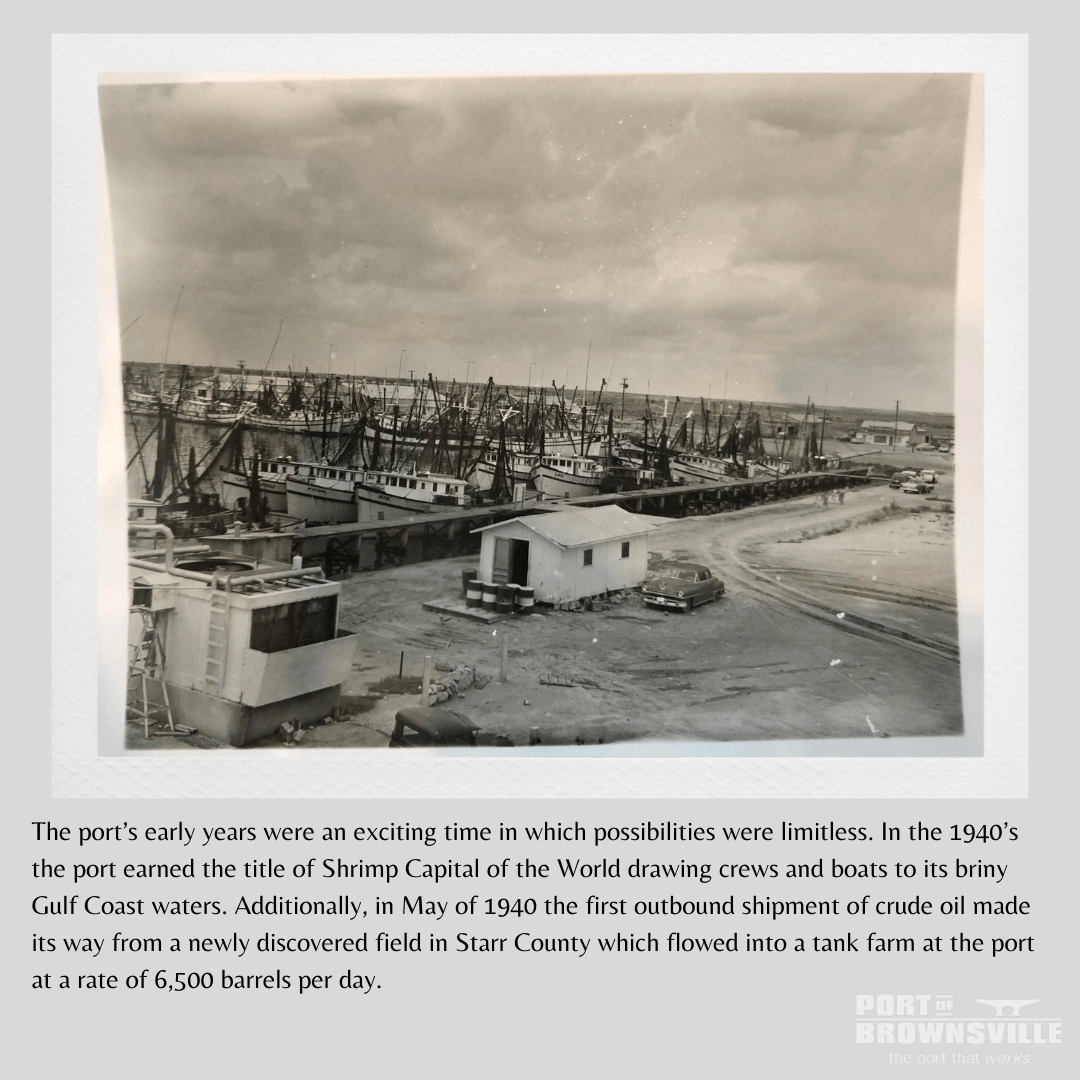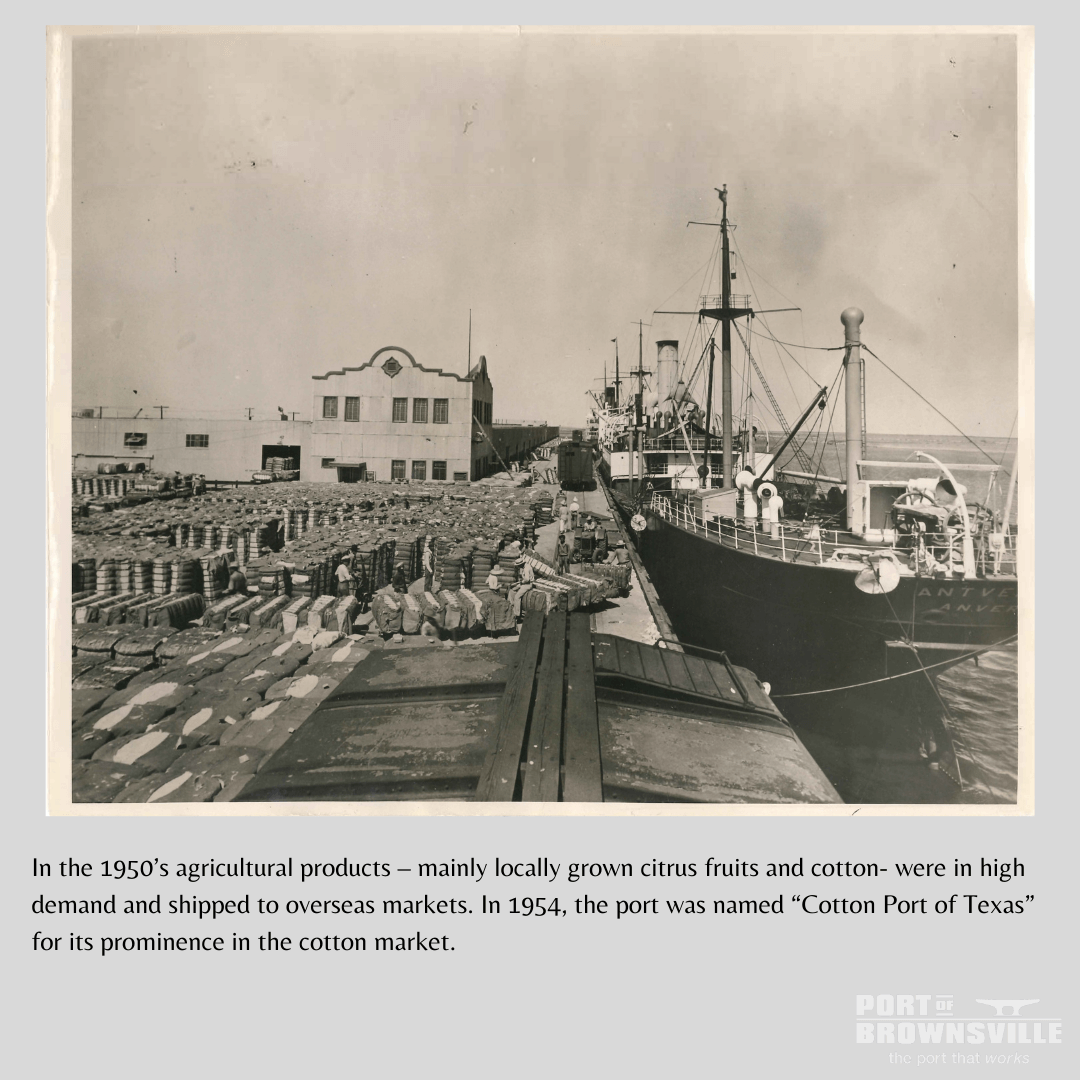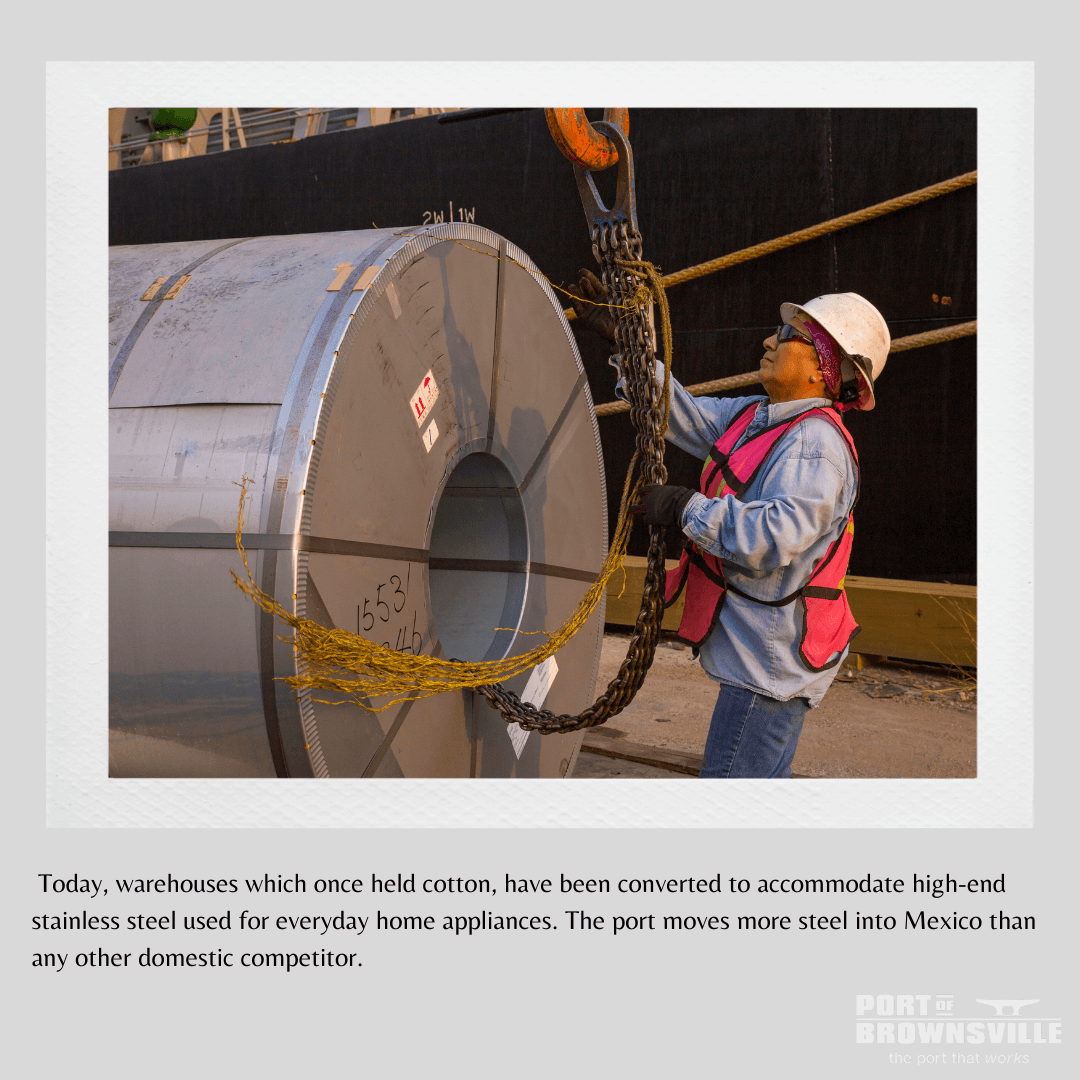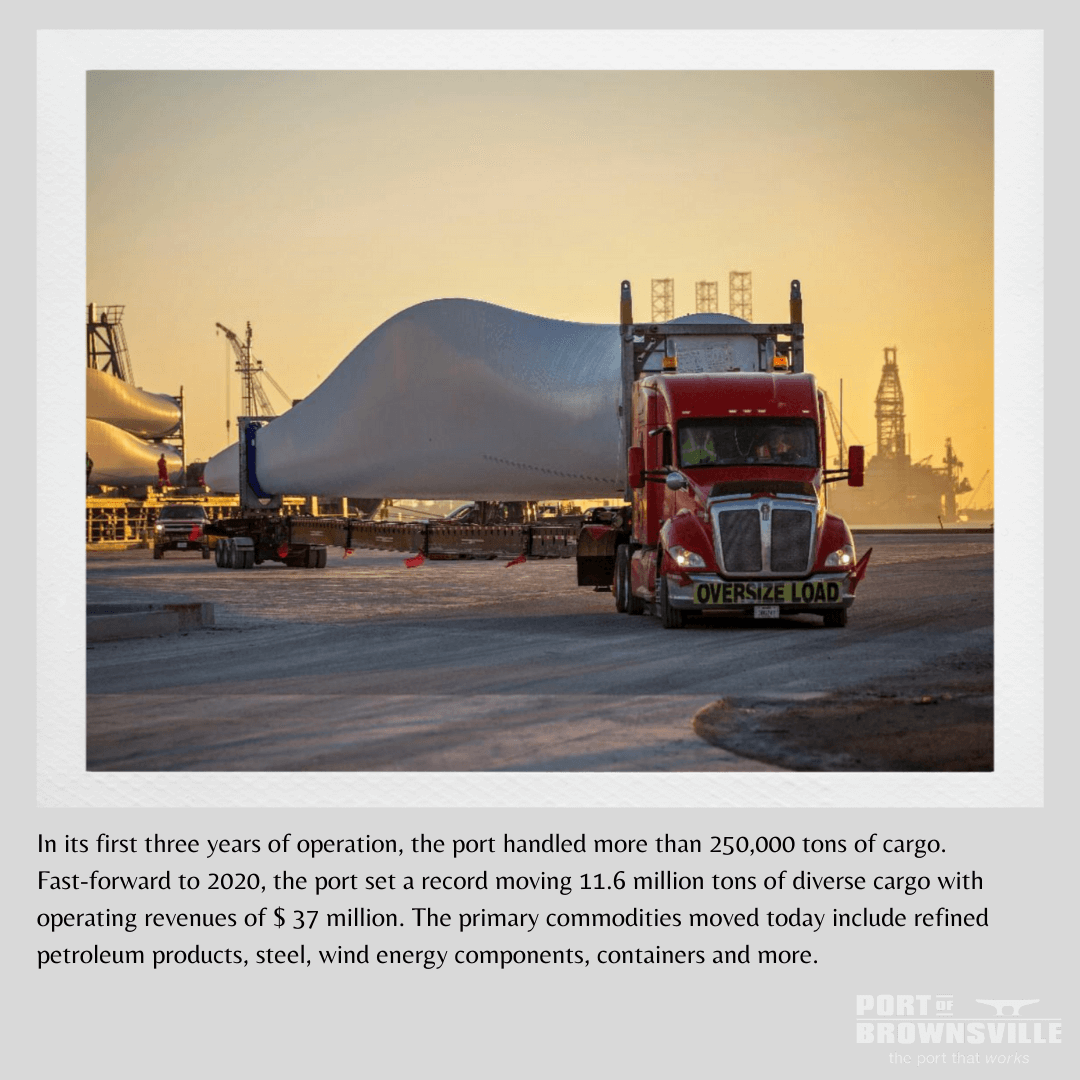BROWNSVILLE, Texas (October 8, 2025) —At the southernmost point of Texas, where the Rio Grande meets the Gulf, the Port of Brownsville is driving a new era of growth and opportunity. Vessels, trains, and trucks traverse the port’s industrial landscape, signaling more than just cargo in motion. This is the economic engine driving the Rio Grande Valley’s economy.
As the only deepwater seaport located on the U.S.-Mexico border, the Port of Brownsville has become a gateway for trade, a magnet for investment, and a catalyst for opportunity across South Texas. Currently, more than $20 billion in projects are in the pipeline, promising to further transform the economic landscape of South Texas.
The port’s long-term vision is guided by the Brownsville Navigation District Board of Commissioners. This five-member elected body oversees policy, planning, and major investment decisions. The current board includes Chairman Esteban Guerra, Vice Chairman Sergio Tito Lopez, Secretary John Reed, and Assistant Secretaries John Wood and Ernesto Gutierrez. Together, their leadership reflects a strong commitment to economic growth, public trust, and regional impact.
The Port of Brownsville continues to play a central role in the success of the region. According to the U.S. Army Corps of Engineers, the port climbed to No. 41 among the nation’s 150 maritime ports for waterborne cargo, its highest ranking to date. In 2023, the port moved 11.2 million tons of waterborne cargo, up from 9.1 million tons in 2022.
That momentum carried throughout 2024, with total cargo reaching 28 million tons marking a 57 percent increase from 2023. Operating revenue at the port in 2024 surpassed $30 million for the fourth consecutive year, reaching $43.3 million.
This growth represents more than statistics. It means jobs for families, new business, and broader momentum across South Texas. Every ton of cargo supports a ripple effect that fuels the local economy.
Contributing to the port’s success are consistent investments in infrastructure. A centerpiece of that effort is the Brazos Island Harbor Channel Improvement Project, which will deepen the 17-mile-long ship channel from 42 feet to 52 feet. The increased depth will allow larger vessels to enter more safely, reduce wait times, and improve overall efficiency.
The project is divided into two phases. It’s backed by a Public-Private Partnership involving the U.S. Army Corps of Engineers, the Port of Brownsville, and energy company NextDecade. In 2019, NextDecade committed to funding Phase 1, a $400 million investment, which includes deepening the channel near its Rio Grande LNG site and building two ship berths and a turning basin. Great Lakes Dredge & Dock Company received the contract from NextDecade for work on Phase 1. Phase 2, led by the port and the Corps, is supported by $68 million in federal funding through the Infrastructure Investment and Jobs Act. In 2024, a $104 million contract was awarded to Callan Marine Ltd. The estimated completion date of the project is late 2026.
Infrastructure improvements on the port’s land are moving just as quickly. The port has expanded laydown yards, modernized roadways, and improved berths to handle high-volume cargo, including wind energy components. These updates are essential for maintaining the port’s competitiveness in a changing global market.
The Port of Brownsville continues to attract some of the largest private investments in the energy sector. Projects like Rio Grande LNG and Texas LNG are shaping the future of U.S. energy exports. Together, they are expected to create thousands of jobs and generate significant long-term economic benefits for the Rio Grande Valley.
Rio Grande LNG, built by Bechtel Energy Inc., is a natural gas liquefaction and export facility with up to 48 million tonnes per annum (MTPA) of potential capacity, making it one of the world’s largest LNG projects in development. Trains 1 through 4, representing about 24 MTPA and $25 billion in investment, are under construction and scheduled to begin operations between 2027 and 2030, supported by customers such as ADNOC, Aramco, Shell, ExxonMobil, and TotalEnergies. Train 5, with commercial agreements secured from Jera, EQT, and ConocoPhillips, is advancing toward a positive Final Investment Decision, while Trains 6 through 8 are in early development and permitting.
Texas LNG, a project of Glenfarne Energy Transition, is a planned 4 MTPA export terminal at the Port of Brownsville designed to be one of the lowest-emission LNG facilities in the world. It has secured offtake agreements with companies including EQT Corporation, Gunvor Group, Macquarie, and a major European utility. Texas LNG recently cleared a key regulatory milestone with the Federal Energy Regulatory Commission’s Final Supplemental Environmental Impact Statement and is targeting a Final Investment Decision by the end of 2025. Kiewit Corporation has been selected as the engineering, procurement, and construction contractor, with the project expected to be completed by 2029.
The port is also prioritizing sustainability. From habitat restoration projects to native species conservation, it is working to ensure that economic development goes hand-in-hand with environmental responsibility. These efforts help maintain a balance between progress and preservation.
The port’s location and multimodal access position as a unique link between global trade and emerging industries. It plays a growing role in renewable energy logistics, particularly in the transport of oversized equipment like wind turbines. It’s also supporting the commercial space industry. Just a short distance from SpaceX’s Starbase launch site, the port offers specialized logistics that support space innovation and advanced manufacturing.
With competitive costs, unmatched logistics, available land, and a growing labor force, the Port of Brownsville is one of the most attractive locations in the country for nearshoring and industrial investment.
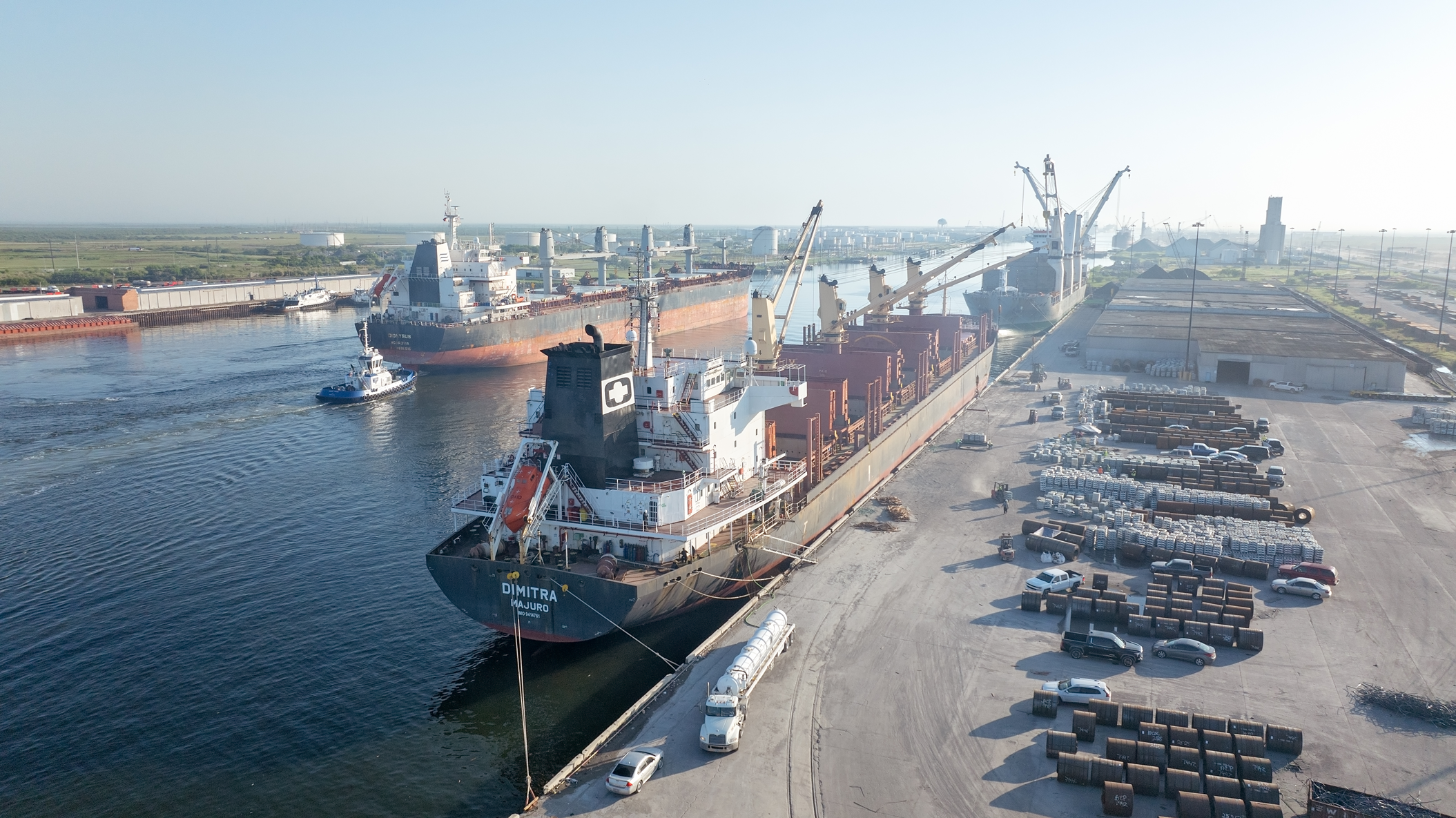
The Port of Brownsville continues to drive economic growth in the Rio Grande Valley, solidifying its position as a key player in global trade. With a commitment to innovation, the port is setting new standards in the maritime industry. As it embraces the future, the port remains a cornerstone of prosperity and progress for the region.


